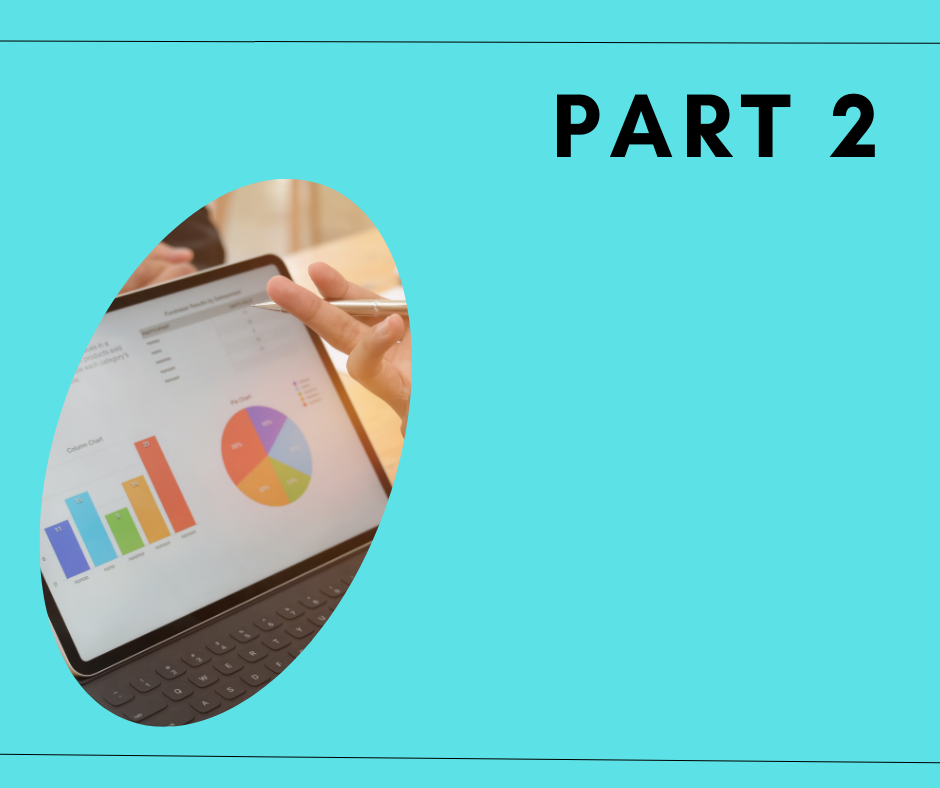In my last post, I touched on exploring a membership data set in order to start developing a people engagement lens within an organization.
Although I had a data set to work from and was able to learn some general information about members, I did not have enough data to answer questions about the overall membership experience.
I mentioned that it would be helpful to have some data on:
- The number of years members have been in the organization (to gain a better perspective of how long members retain their membership)
- Member engagement as it relates to the activities that the organization has for members to be involved in such as serving on committees, taking on leadership roles, and being involved in conferences.
These are questions that the organization may find useful. On the other hand, asking members about THEIR reasons for being and/or paying for membership in an organization is also necessary. There can be a very sharp disconnect when it comes to these two issues. Members are usually looking for job opportunities, meaningful networking and mentorship experiences, and collaborating on projects that are impactful in the community and/or to their career trajectory. Since organizations directly market to these interests, it is not uncommon for members to expect to benefit from their membership in an organization. However, organizations may market in a way to attract members knowing that they will not or cannot deliver on these promises. In an effort to secure their funding streams, they finally try to convince members that what the organization has to offer is in fact what the member needed or wanted. This will not work on all members, but it may work on some.
Providing value to members through people-focused roles
Being in a role specifically focused on membership engagement and professional development provided me with a platform to seek answers to my questions about membership engagement. At the front of my mind was fulfilling the duties of a membership-focused, or people engagement, role and providing actual value to members. Ultimately, I decided to collect data in the form of an anonymous survey.
I mentioned in a previous post that I have my own questions and perspective on the membership experience in organizations due to being a member of these organizations myself. However, as someone seeking to serve a larger group, it is important to give others space to share their thoughts and not assume that my perspective is the only perspective. I have also shared elsewhere on my blog that I’ve been involved in many organizations where relationships have been strained and unpleasant. This is one reason why a short, anonymous survey from a new, and neutral, party with some decision-making potential might be helpful.
The survey I conducted was to be tied directly to efforts to serve members. I also had to keep in mind that any initiatives I developed had to be manageable and sustainable given limited resources (or for as long as I was in a position to help members make the most of their membership). Additionally, since I have often had to implement these initiatives while managing a full-time job along with leadership/membership engagement responsibilities in other organizations, I have used surveys to help me gauge if the expectations of members are much greater than my current bandwidth.
Gathering questions for your member survey
Below is an example of questions that were included in the survey. Since the member meeting is supposed to be an in-person event that brings together members from across the region, there were some questions about its actual value to members.
Member Survey (Pt 1)
- How long have you been a member of the group?
- How many annual member meetings have you attended over the past 3 years?
- What did you like about the member meeting(s) you attended?
- What do you think could have been done better at the member meeting(s) you attended?
- What do you hope to be involved in as a member of this group?
Next, since I wanted to see what members hoped to be involved in based on common member interests and what the organization marketed, I included a question that directly asks about this.
Member Concerns (Pt 2)
What do you hope to be involved in:
- Networking
- Professional development
- Mentorship
- Job opportunities
- Collaborating with colleagues
- Other
Lastly, if members and leaders in an organization are aligned, then the opportunities that organizations present for members to get involved in will add value to members’ professional lives and contribute to a meaningful member experience. Below is a list of activities that could be used to benefit the organization, benefit members, or mutually benefit both.
Organizational Concerns (Pt 3)
What type of activities would you be interested in participating in as an active member?
- Event planning (i.e. webinars, conference calls)
- Abstract reviewing
- Annual meeting planning
- Social media and blogging
- Fundraising
Some additional questions that were included asked about content that members wanted to see in the member newsletter and suggestions for providing relevant resources and opportunities to members.
The survey was sent to those in the membership data set that year.
In a future post, I will share some of the results from this survey and how they informed my actions moving forward.
-Dr. S Anyatonwu

